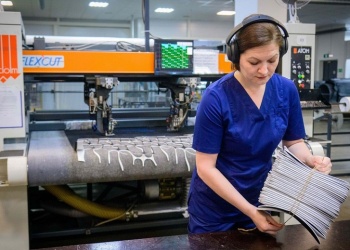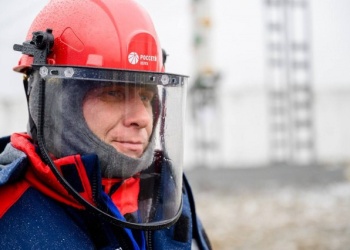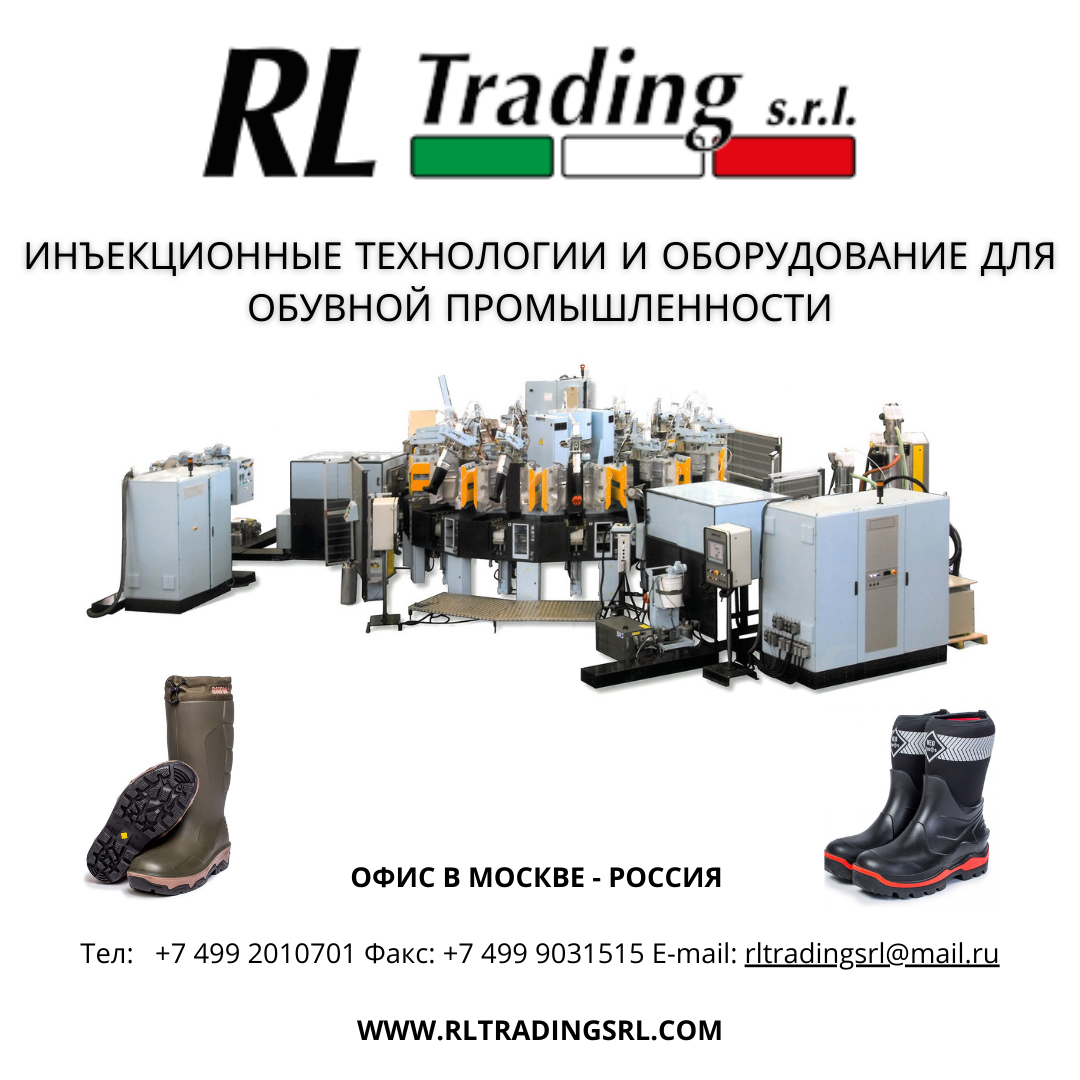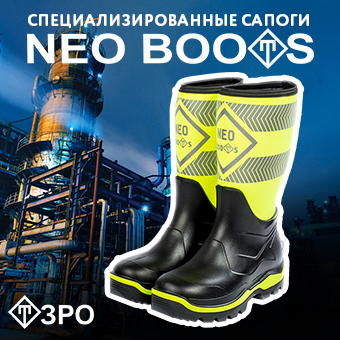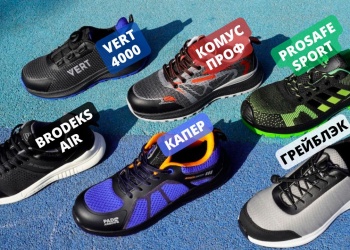Company: AlleTrust was created in Geneva in 2006 by Juan-José Salamanca, who was previously the President of DuPont Safety Resources Europe Middle-East and Africa and the Global Practice Leader for that business. He wanted to explore how to further engage people toward excellence, leveraging safety. With a team of experienced and passionate practioners in the field of safety, leadership development, neuroscience and learning technology, he developed the family of “Through Safety program”, that leverage the power of safety to create intrinsic motivation and provide new perspectives to participants. Through its branches in Europe and Americas, and its network of 100+ certified facilitators, Alletrust is delivering its programs in 59 countries and 17 languages.
Interviewee: Emmanuel Fournier, Partner and Vice-President of AlleTrust, has been helping companies for 20 years and in all industries and geographies to strengthen their safety culture and overall performance. As a nuclear engineer and an economist, he started his carreer in the energy sector, in Europe and in Asia, before being recruited by Juan-Jose Salamanca in DuPont. Since then, they’ve been working together toward building a solid legacy through safety. He is today involved in leading major engagement with multinational clients, as well as growing AlleTrust business around the world. He is based in Switzerland, at AlleTrust headquarters in Geneva.
 1. How improvement in safety leadership is impacting the performance of the entire organization? How investing in safety and safety leadership improving organizational performance beyond just injury reduction — operations, overall bottom line, etc. ?
1. How improvement in safety leadership is impacting the performance of the entire organization? How investing in safety and safety leadership improving organizational performance beyond just injury reduction — operations, overall bottom line, etc. ?
Recently, I was facilitating a videoconference with the operations leadership team of a client to help them cope with the Covid-19 crisis. As a company in an essential goods sector (they are producing beverage), there were facing several challenges: absenteeism due to confinement and quarantine, resort to temporary staff to compensate, anxiety of people working on site, guilt from people working from home, implementation of distancing rule on the production line, new hygiene constraints, and at the same time an increase in demand. But they were also achieving their best level of operational performance during that period. Why?
Having worked with that team before, I could guess the reasons, but I asked them to check: they told me that with the risk related to the virus, everyone was very focus on their health and safety, and at the same time on all the essential task of their job, which had been streamlined to the essential. What I also learnt through discussion with other teams in the organization, is that the leadership response had been exemplary, from the top of the corporation to the team leaders. And that was all about safety leadership in that context. So to answer your questions, yes, a solid safety culture and the corresponding safety leadership have very positive impact on the performance of a business.
But this is not obvious. As a company, there are many things you can do to improve your business performance: streamlining your business processes, acquiring the most efficient systems and machines, optimizing your supply chain and financial operations, improving your customer experience… Safety is normally not in the list of things which will have that impact. That is for a simple reason: when people think of improving safety, they think of reducing the number of accidents, of injuries, of near-misses. It will of course save some cost, but unless you are in USA where hospital and litigation cost will easily amount to millions, it is not financially significant for most companies, and does not related much to productivity or quality or customer satisfaction improvements. So that’s not the path to really get value out of safety investment.
From our research and our decades of practical experience, we learnt that safety has a much bigger potential if you use it to help people make better decisions toward doing their job well, in other word reaching a culture of excellence. Fundamentally, it is because safety is a primary need which we all have as human beings: we all need to feel physically, financially and emotionally safe. Therefore, you can leverage it to engage people, to create intrinsic motivation in them. From there, you can develop, through safety, decision patterns that apply to all aspect of the job, and that improve performance in a holistic way. Then safety becomes a leadership issue, not a regulatory, compliance, communication or cost issue.
Because they had use the increased need for safety caused by the pandemic to turn it into an invincible intrinsic motivation of each one to do their job well, and because leadership had known how to use safety as a unstoppable vehicle to drive their team in that context, the beverage company had been able to turn a crisis situation into a high performing one.
2. Russia is preparing to move from mandatory norms for PPE distribution by occupation to issuing personal protective equipment based on a risk-based approach. Is this approach common in Europe? In your opinion, what needs to be taken into account or what should PPE manufacturers and SHE managers pay attention to when switching to a risk-based approach?
There is no doubt that risk-based approach is more accurate and efficient than blanket norms, as situation varies a lot, even in the same industry and in the same company, for the same occupation and task, from one old factory to a modern one, from a cold climate to a warm one, from an understaffed operation to an overstaffed one. So risk-based approach is paramount.
The important factor how the risk assessment will be made? The person who knows the best the task and the associated risks is the person that is doing it. SHE managers shall own and facilitate the process, while PPE providers and subject-matter experts as well as industry standards shall provide guidance and advices on the best way to address a specific risk. But the key player in defining the needs is the person who does the task: to enable that person to express the needs, one needs to not only understand the risk assessment, but also to feel why it is important for him/her and be encouraged to share and report any risks and needs. Again, the culture of safety within the company and the leadership approach to it will make a key difference: badly done, operators (and unions) will perceived it as another burden imposed from the top, an extra workload not adding value and sometime creating more risk for their job. Well done, they will be thankful for being listened and taken care of and it will increase their performance on the job.
3. Your company offers a unique “Through Safety” family of program (troughsafety.com) for PPE consumers that allows them to change their perspective on safety. Can you describe what makes your program unique?»
Can you describe your program? What is its uniqueness ?
Our focus is to help people understand how each one makes decisions and how each one can review and improve one’s decision patterns, through safety. We rely on cognitive science to enable emotional learning by participant and get them feel how it impact them and how it can impact others. At the end, people get a new perspective on safety, making it a personal value (not a corporate one), and showing them how to grow as individual and as leaders, using safety as the vehicle. Where it does make a difference is that, sixty days after being through it, 95% of participants declare that they are taking different decisions as a result of it.
4. What services are you offering to PPE producers and how they are helping them grow their business?
We have not a specific offering for PPE producers, but what has happened is we have started working with some who realized they were losing credibility with their clients: they were promoting safety products but when clients were interacting with them or visiting their facilities, they could see a very poor safety culture and bad practices. So we helped them improve internally and then take a new positioning in their market, as true safety expert that had safety in their DNA. With one of them, we develop the relationship further as it become a partner distributing and even delivering some of our services, in particular safety assessment to help clients understand their gaps.
5. How have your customers changed over the past 15 years? What is important for them now when choosing PPE?
Regarding PPE, the main change is about the decision that drive their purchase: as their perspective on safety has changed, they moved from regulatory compliance to what is really needed to protect the worker efficiently and to do the job well. Sometimes it means getting rid of PPE that actually hampered the work (e.g. going from everyone wearing a helmet on site to where there is an actual risk for head injury) or it can be about choosing the very specific PPE needed (e.g. a different pair of gloves for each role in the factory, and even three pairs of gloves for a given operator to fit with the different risks faced at each steps of an operation). There has also been a commoditization of PPE, and the added value today is more related to the service that come with the products.
6. Are there differences in approaches to workers safety among European countries?
Working with multinational companies, there tend to be uniformization of approaches between countries, and I would say across Europe. And as the multinational companies tend to be the leaders, the local company follow their examples sooner or later. There are probably more differences among industries than among countries, and among companies within a given industry. It mostly depends on the level of safety culture you have in the industry or in the company or even at site level.
7. What trends do you see in industrial safety and on the PPE market in Europe?
There are three main trends affecting safety in the industry today:
- Many industries have reached an asymptotic level of safety improvement, and fortunately, accidents become very rare event. You can see it by the numerous company that have switch their focus from measuring performance on lost time injuries to recordable injuries.
- An increasing demand from people to be taken care of, and not just protected according to regulatory requirement. This is particularly true for younger generation, who are ready to switch employer if not happy with their conditions.
- A standardization and commoditization of industrial equipment, including PPE, which leads to an increasing focus on service rather than products, and on the role of people and individual decision in operational performance.
As a result of those trends, and while recognizing that some industries and companies are way behind and others very advanced, it means that traditional safety focusing on accidents is becoming a given for employees, with relatively high standards of practices and equipment, and it is less and less a key area of improvement. When accidents do happen, it is clearly understood as a leadership failure, and is treated as such. The main area of improvement is on the health and emotional safety side, which is less well addressed today. And with all this evolution, there is a clear need for repositioning safety differently in the organization, beyond accident prevention, and toward caring leadership.






